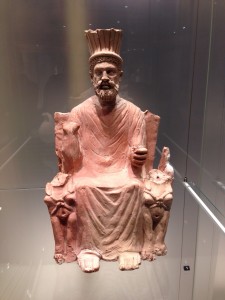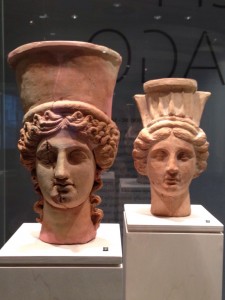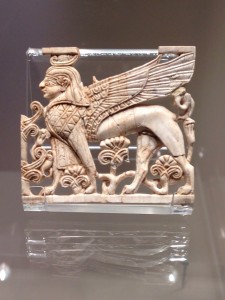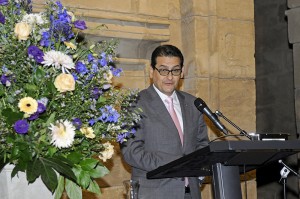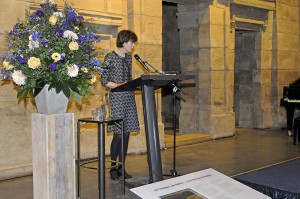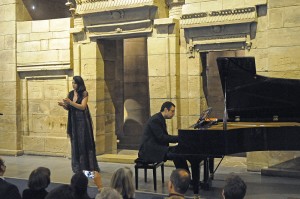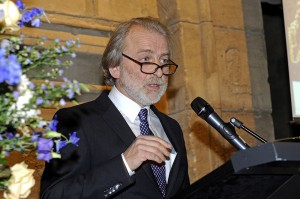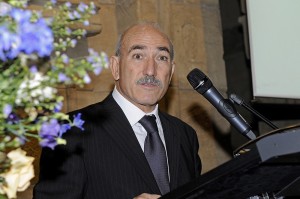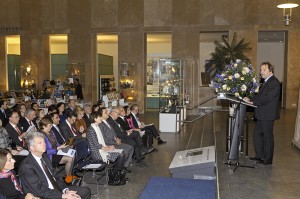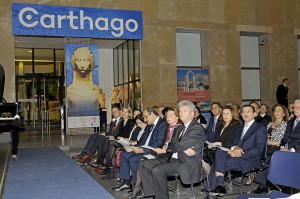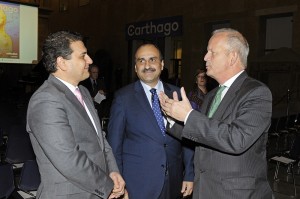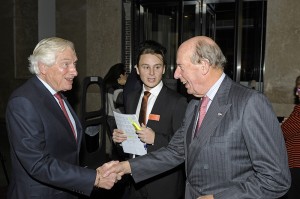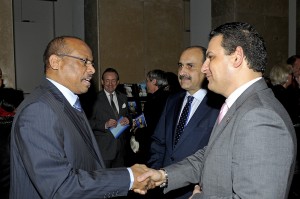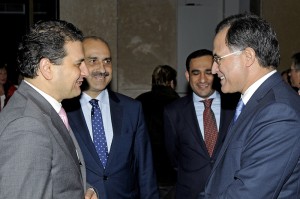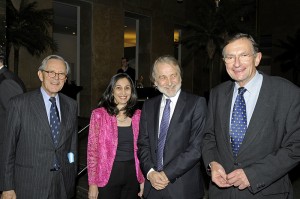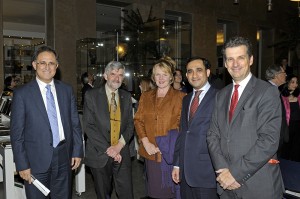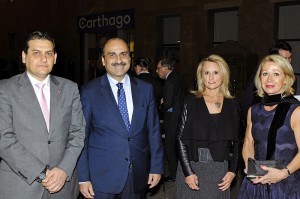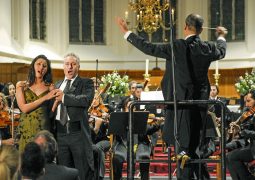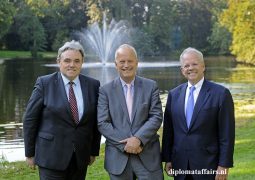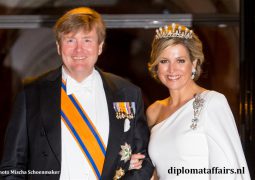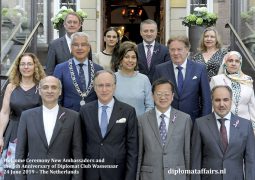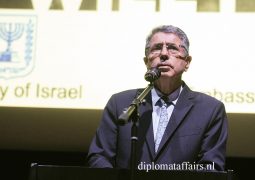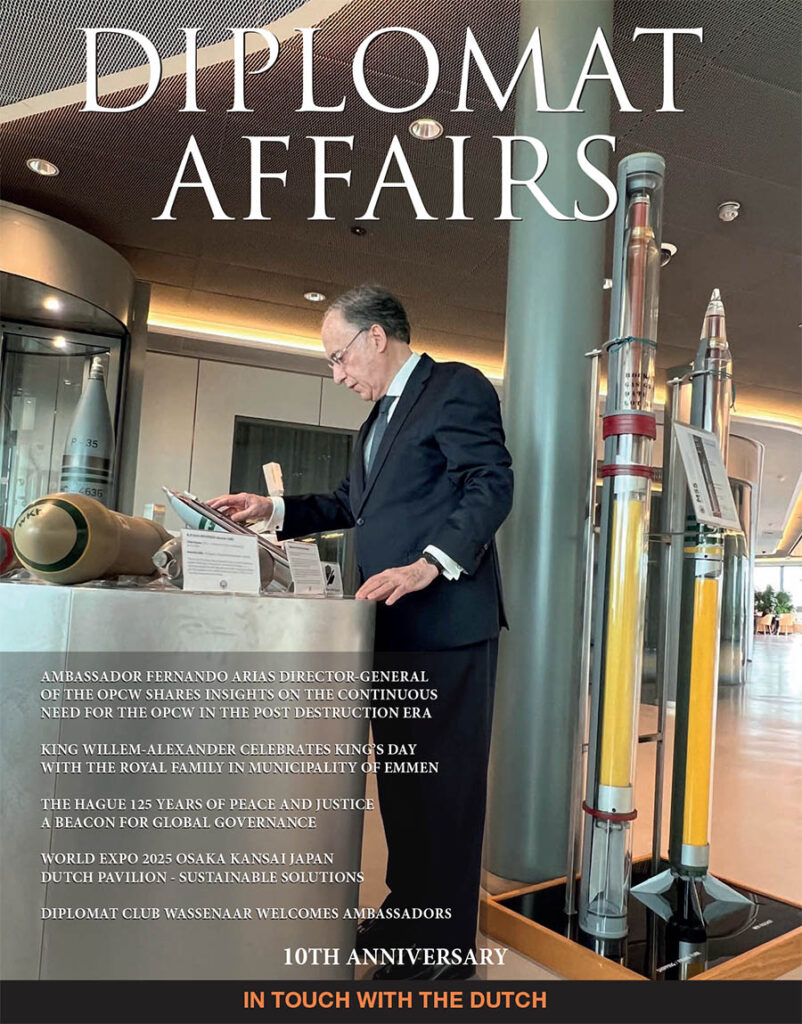Tunisia in touch with the Dutch
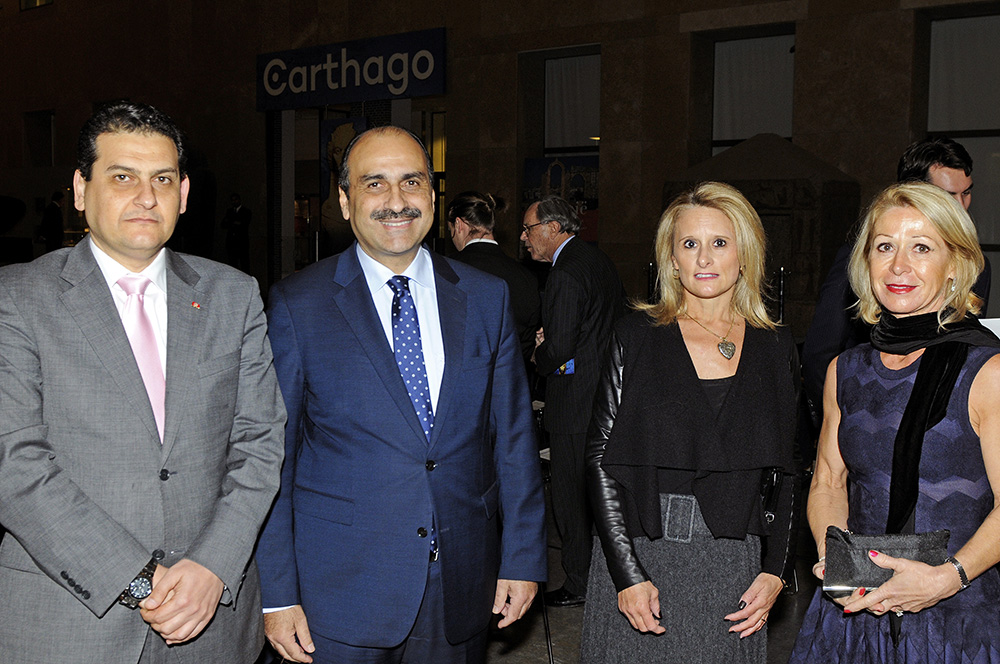
Speech by H.E. Mourad SAKLI,
Minister of Culture,
Leiden, November 26th, 2014
(Translation from French)
Excellencies,
Ladies and gentlemen,
Dear friends of Tunisia,
‘Carthago delenda est’.
(Carthage must be destroyed)
It was destiny that this expression that Cato, the ancient politician, writer and military officer used in all his speeches in the roman Senate, became reality. The Punic town was in fact destroyed in the year 146 BC.
Yet, Carthage, like a Phoenix, was reborn from its ashes and became glorious and prosperous again under the Romans and even outside Africa. Its influence lasted for more than 20 centuries after its destruction. Carthage is still existing through its sites, archaeological remains, and also through its civilizational legacy.
Carthage is continuously inspiring, its Constitution permitted the Carthaginians to exercise democracy and build a codified institutional system based on the election of two people’s deputies every year, on a popular Assembly, aside from a Senate whose members are elected for life. There were also other intellectual and professional clubs whose role was to permit the expression of various views and sensitivities and thus influencing the elected institutions’ decisions. Carthage is inspiring us as Tunisia, let’s point it out, is organising these days, several transparent, legislative and presidential elections, keeping the way open to democracy.
Excellencies,
Ladies and gentlemen,
Dear friends of Tunisia,
I am proud and moved to take part, with you, in the opening ceremony of this exhibition, in this renowned National Museum of Antiquities (Rijkmuseum van Oudheden) in Leiden. The Carthage exhibition entails 250 archaeological items provided by two most renowned Museums in Tunisia, The Bardo National Museum and The National Museum of Carthage, and also by the Louvre Museum and the British Museum.
The exhibited archaeological items have the merit to keep us informed about various aspects of life in Carthage, or Qart Hadasht (The new town in Punic language), about the beliefs of the Carthaginians, about their way of life, about the economic strength of their town and so on.
The decision of this prestigious Museum with rich and diverse collections to host this exhibition on Carthage Heritage, points out to the importance given by our Dutch friends to this significant cultural and touristic event. We believe that it pays a real tribute to Tunisia and its history.
It is my deepest hope that this exhibition, the most important event organized on Carthage in the Netherlands, contributes to foster cultural cooperation, particularly in the fields of cultural Heritage, museology and archaeological research, that has been continuously enhanced since the conclusion of the bilateral cultural framework agreement in 1964. We look forward to the exhibition which will be organised by the Leiden Museum next year in Tunisia with some fine pieces of its archaeological collections coming from the Netherlands, and also to know more about cultures that played a key role in the building of human civilization, like Egypt, ancient Rome and ancient Greece.
Excellencies,
Ladies and gentlemen,
Dear friends of Tunisia,
I would now like to share some thoughts on the Dutch Jean-Emile Humbert, a military engineer and archaeologist. In the nineteenth century he carried out archaeological excavations in Tunisia and particularly in Carthage. An important exhibition in Tunis in 2015 will pay tribute to this archaeologist.
Thanks to his contribution and of many other archaeologists and researchers from all over the world, it was made possible to study the material culture in Carthage and highlight, as puts it Serge Lancel, an expert of North Africa in the Antiquity:
“The mixed character of civilisation in a city having oriental roots, established in the whole western Mediterranean, open to external influences, particularly artistic, and the destruction of which set out an important turning point in history Rome which superseded it, had obviously, imposed a radically different new model of civilisation.” (end of quotation)
I also would like to pay tribute to the teams of the ‘Institut National du Patrimoine’, to the two concerned Tunisian museums that provided the archaeological items, and those of the ONTT and the Office of Handcrafts, to the Leiden Museum for the noteworthy work they all have carried out, as well as the Louvre Museum and the British Museum for their contributions.
I am confident that the Dutch public will profit from this exhibition that will make them feel like visiting Tunisia, the land of civilisation and culture.
‘Vivit Carthago’ ( Long live Carthage in Latin)
Long live the Netherlands and long live Tunisia.
Thank you.
You may also like...
Sorry - Comments are closed

